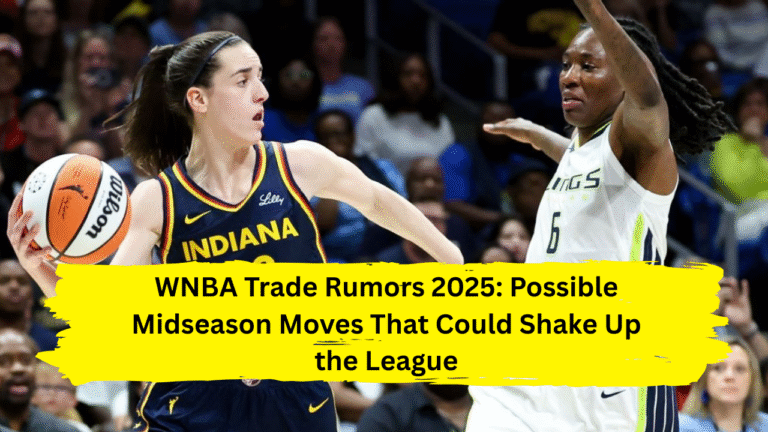
The Oklahoma City Thunder’s path to the 2025 NBA Finals wasn’t just a triumph—it was a masterclass in evolution. From a surgical first-round sweep to surviving a near-death experience against the reigning champions, and finally, dismantling the Timberwolves with record-setting brutality, OKC’s playoff run revealed a team capable of shapeshifting to conquer every challenge. Their journey—punctuated by four 30-point postseason victories, the most in NBA history—showcased a blend of youthful audacity and veteran poise that has redefined championship resilience .
The Sweep: Memphis and the Calm Before the Storm
The Thunder entered the playoffs as a 68-win behemoth, but skepticism lingered. Could a team with an average age of 25.33—the youngest Finals squad in nearly 50 years—handle postseason pressure? Their answer was immediate and vicious. Against Memphis, OKC unleashed its defensive fury, holding the Grizzlies under 100 points in three of four games. Shai Gilgeous-Alexander’s 38 points in the closeout Game 4 weren’t just a scoring explosion; they were a declaration of intent. The Thunder didn’t just win—they suffocated, forcing turnovers and converting them into 21.8 points per game, the league’s best mark. This series was a preview of OKC’s identity: a defensive hydra with SGA as its cold-blooded head .
The Survival: Denver’s Crucible and the Birth of a Juggernaut
The second round against Denver was where legends were forged. After splitting the first four games, the Thunder faced a gut-check in Game 5: down 15 in the third quarter, their season hung by a thread. But SGA, playing with a near-pathological calm, dissected the Nuggets with mid-range daggers and drive-and-kick wizardry, sparking a 22-4 run. The series culminated in a Game 7 rout (125-93) that laid bare OKC’s growth. Denver’s physicality had exposed their late-game execution flaws earlier in the series, but by Game 7, the Thunder’s offense hummed with precision. Jalen Williams and Chet Holmgren combined for 48 points, exploiting gaps created by SGA’s gravitational pulls. This was more than a win; it was a metamorphosis. As coach Mark Daigneault noted, “The focus through the distraction of a close-out game… they were laser-focused. The mental toughness was great” .
The Domination: Minnesota and the Symphony of Destruction
The Western Conference Finals against Minnesota became a showcase of OKC’s terrifying ceiling. After a humiliating 42-point loss in Game 3—the worst in franchise history—the Thunder responded with two performances that etched their names in the record books. In Game 4, SGA and Williams dropped 74 points, answering every Wolves rally with icy mid-range jumpers. But Game 5 was basketball as high art: a 124-94 annihilation that featured a 26-9 first quarter, the lowest playoff quarter output in Timberwolves history. OKC’s defense was predatory, forcing 21 turnovers and converting them into 33 points. SGA’s 34 points outscored Minnesota’s entire first-half output (32 points), while Holmgren’s rim protection (3 blocks) erased the paint. The Thunder didn’t just win; they authored a 30-point masterpiece—their fourth such playoff win, breaking a record shared with the 2016 Cavaliers and 1987 Lakers .
The Thunderbolt Effect: How OKC Redefined Playoff Dominance
What separates this Thunder team is their capacity for “Thunderbolts”—devastating runs that vaporize opponents’ hope. Against Minnesota in Game 5, an 11-0 opening surge morphed into a 10-0 follow-up, turning a 3-0 deficit into a 23-7 lead in under nine minutes. These bursts, fueled by defensive stops and transition chaos, occurred 107 times this season—an NBA record since play-by-play tracking began. In the playoffs, they amplified: 15 runs of 10-0 or better, including 11 quarters won by 15+ points, another all-time high. This isn’t accidental; it’s systemic. OKC led the league in points off turnovers (23.8 per playoff game) and steals (10+ in 10 games), transforming defense into offense like a perfectly engineered storm .
The Resonance: A Legacy Forged in Resilience
The Thunder’s run mirrors their 2012 Finals team but with critical distinctions. That squad—featuring Durant, Westbrook, and Harden—felt like a prelude to a dynasty that never materialized. This iteration, however, is built for longevity. SGA (26), Williams (24), and Holmgren (23) are younger, flanked by elite role players like Alex Caruso, whose leadership stabilized them during the Denver series. Their historic +12.9 point differential—surpassing the legendary 1972 Lakers—speaks to sustainable dominance, not fleeting brilliance .
As confetti rained in Paycom Center after the Wolves’ demolition, SGA’s words cut through the noise: “This isn’t our goal… We have one more round.” The Thunder’s playoff path—sweep, survive, dominate—proved they can win every way a champion must. Now, with a week to rest and a 29-1 record against the East, they stand on the brink of a title built not on luck, but on a blueprint of relentless evolution .




